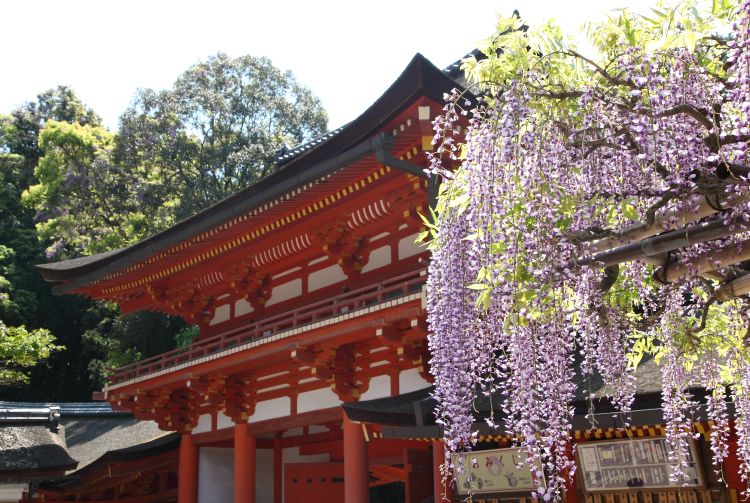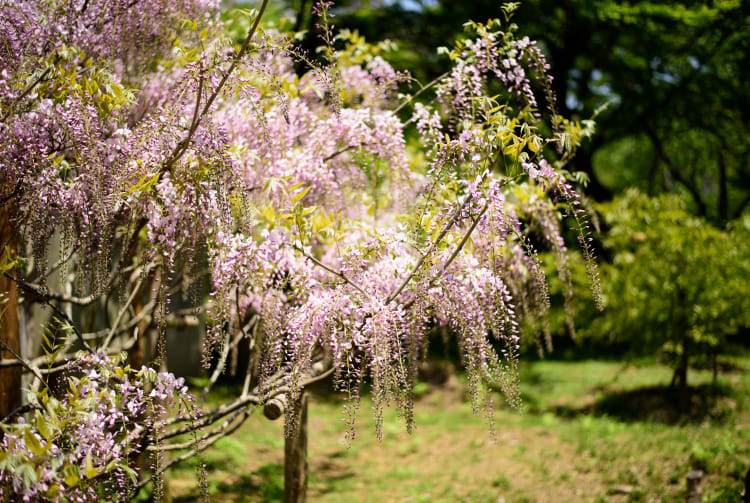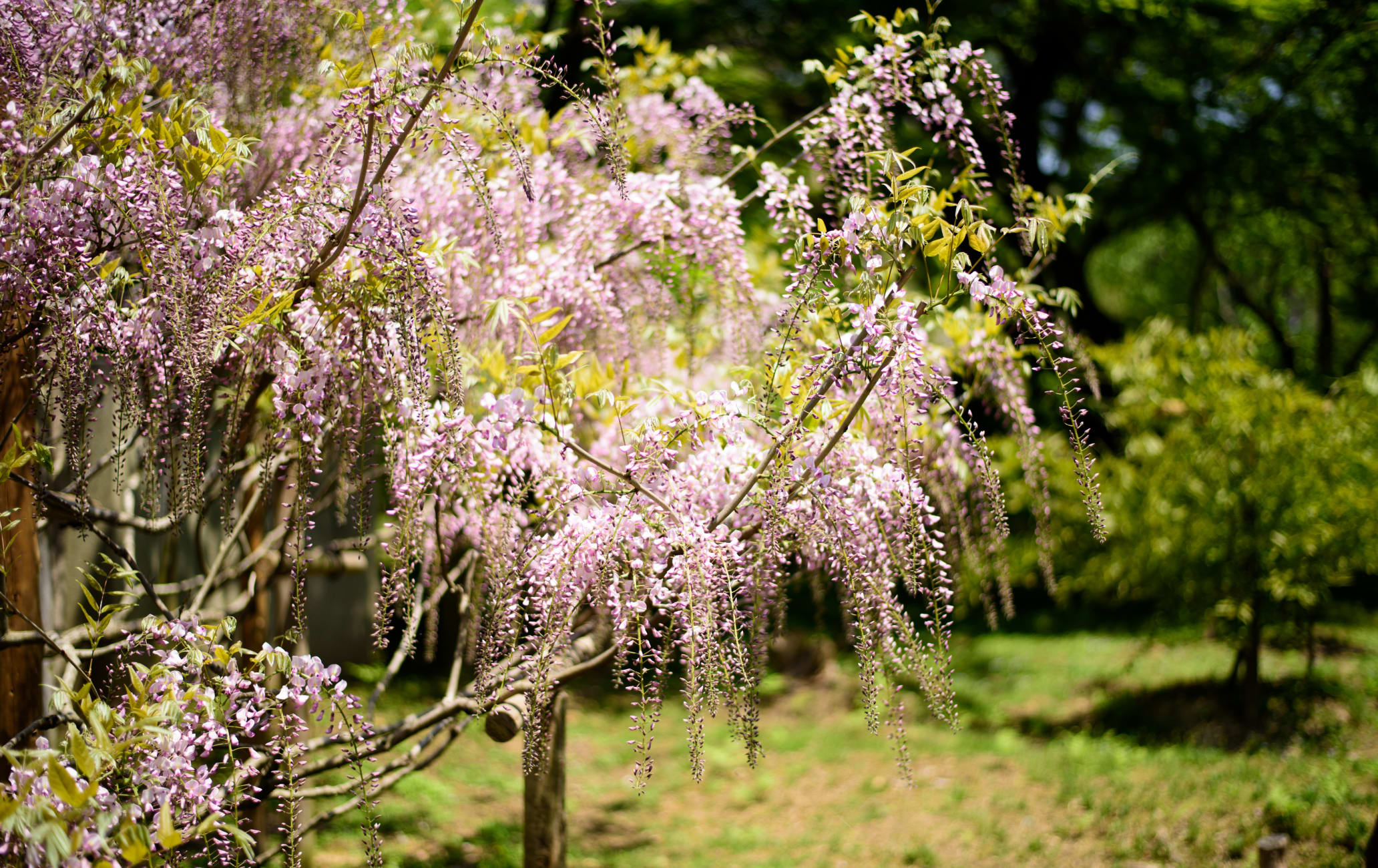Celebrate the delicate beauty of wisteria at the flower's signature shrine
The Kasuga Taisha Shrine in Nara Prefecture comes to life every spring when, in early May, more than 200 wisteria trees are in full bloom. The symbol of the shrine is a wisteria bloom and the mikanko, or shrine maidens, also wear headpieces decorated with the elegant purple flower.
Don't Miss
- The Kasuga Taisha Shrine Manyou Botanical Garden, which is the best place to see the flowers in their glory
- The Sunazuri no Fuji, a drooping, aged wisteria tree with flowers growing so long that they nearly touch the ground
How to Get There
Kasuga Taisha Shrine is accessible by bus or on foot.
From either JR Nara Station via the Yamatoji Line or the Kintetsu Nara Station via the Nara Line, take a bus bound for Kasuga Taisha Honden. Get off at the Kasuga Taisha Honden bus stop. The journey takes about 10-15 minutes.
You can also take a bus towards Shinai Junkan Sotomawari by the City Loop Bus Outer Circle. Alight at the Kasuga Taisha Omote Sando, from which it will be a 10-minute walk.
The shrine is about 20 minutes on foot from the Kintetsu Nara Station.

A flower with a hidden meaning
The wisteria has historical significance as the flower emblazoned on the family crest of the Fujiwara clan that dominated the government of Japan from 710 to 1160. The clan used to control much of Nara, the ancient capital of Japan before Kyoto, and built the main shrine building of Kasuga Taisha Shrine in 768, on the instructions of Empress Shotoku.
The most scenic place to view the wisteria is the Kasuga Taisha Shrine Manyou Botanical Garden, where botanists and visitors alike can enjoy more than 200 trees and 20 species of wisteria.

Growing history
The oldest and largest wisteria tree on the premises is known as the Sunazuri no Fuji, estimated to be over 700 years old.
This prominent and iconic tree has already left its imprint on history, appearing in a picture scroll known as the Kasuga Gongen-genki that was offered to the shrine in 1309.


























































